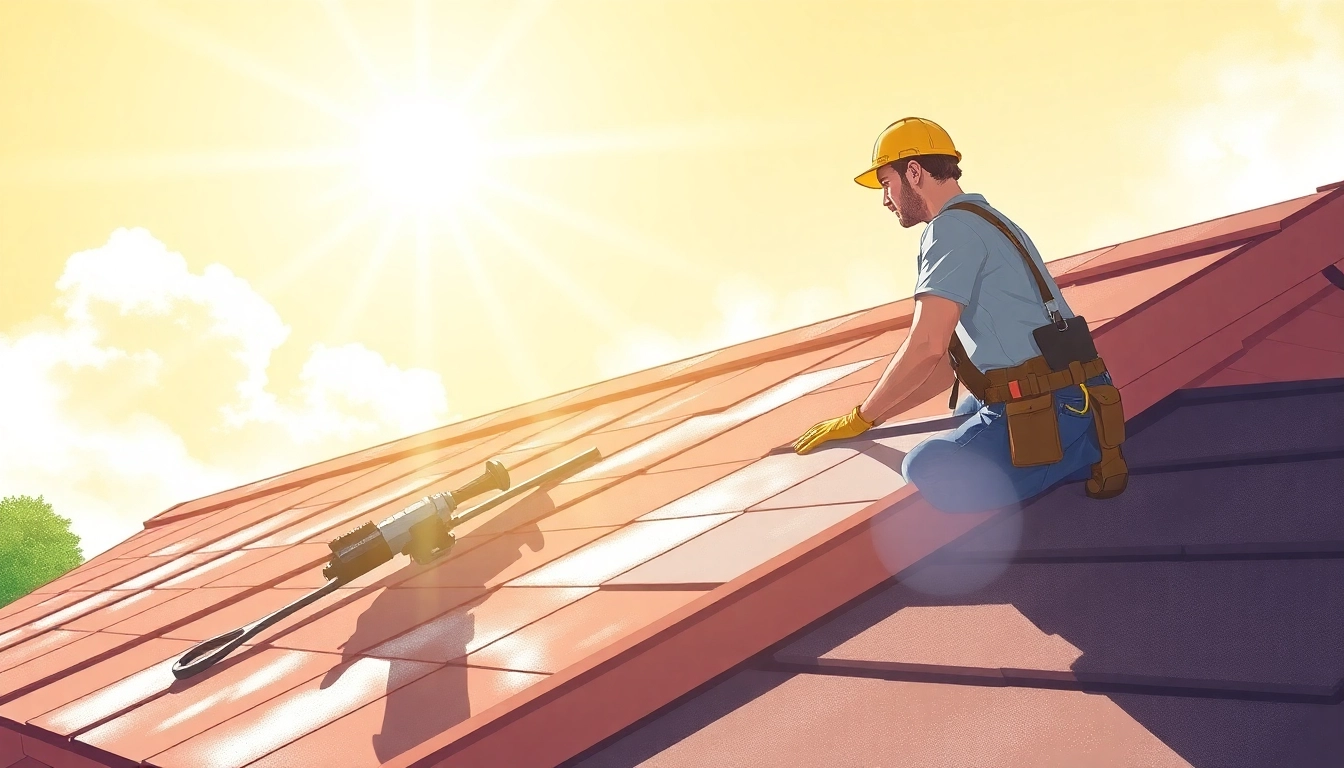Understanding Termite Inspections
What Is a Termite Inspection?
A termite inspection is a thorough examination of your home or building conducted by a professional pest control specialist to assess the presence of termites or damage caused by these wood-destroying insects. The inspector will look for signs of termite activity, including visible damage to wooden structures, mud tubes, faecal matter, and any other indications that might suggest an infestation. The inspection can cover both accessible areas within the structure and the surrounding property, including attics, crawl spaces, and basements.
Importance of Regular Inspections
Regular termite inspections are critical to protecting your property from damage. Termites often work silently and can cause extensive destruction before homeowners realize there’s a problem. By scheduling periodic inspections—ideally annually—you can detect infestations early and implement effective treatments to mitigate damage. This proactive approach not only preserves the integrity of your home but also helps avoid costly repairs. Furthermore, if you are buying or selling a property, many mortgage lenders will require a termite inspection as part of the transaction process.
Common Signs of Termite Infestation
Identifying the signs of a termite infestation can be difficult, especially in the early stages. Here are some key indicators to look for during an inspection:
- Wood Damage: Termites consume wood from the inside out, often leaving only a thin veneer on the surface. Soft or hollow-sounding wood may suggest termite activity.
- Swarmers: Winged termites often swarm in spring and are usually a sign of established colonies. Finding discarded wings around your home is a strong indicator of infestation.
- Mud Tubes: Subterranean termites build mud tubes for protection as they travel between their colonies and food sources. These tubes can be found on walls, ceilings, and foundations.
- Frass: Termite droppings, or frass, resemble small pellets and indicate eating activity. Finding these near infested wood can confirm a termite presence.
Preparing for Your Termite Inspection
Choosing the Right Pest Control Service
Selecting a qualified pest control service is crucial for a thorough and professional termite inspection. It’s important to choose a company with experience, positive customer reviews, and appropriate licensing. Look for certifications from recognized pest control organizations, such as the National Pest Management Association (NPMA). Asking about the inspector’s credentials and experience can also provide insight into the quality of service you can expect.
What to Expect During an Inspection
During a typical termite inspection, expect the following process to unfold:
- Initial Walkthrough: The inspector will first conduct a visual walkaround of the property to identify any potential areas of concern.
- Differentiation of Pest Types: The inspector will distinguish between different types of pests, which helps in determining the appropriate treatment.
- Moisture Check: Since termites thrive in damp conditions, inspectors will often use moisture meters to gauge the humidity in walls and foundations.
- Detailed Report: After the inspection, you’ll receive a detailed report outlining any findings, potential risks, and recommended actions.
DIY Prep Tips for Homeowners
Before your termite inspection, you can take several steps to prepare your home. These include:
- Clearing Clutter: Remove debris or wood piles from around the foundation to prevent obstructions during the inspection.
- Access Points: Ensure all access points, such as crawl spaces and attics, are accessible to the inspector.
- Document Existing Damage: Note any prior damage or extermination treatments, as this can inform the inspector about potential risks.
The Process of Termite Inspections
Steps Taken by Professionals
Professional termite inspectors follow a systematic approach to ensure a comprehensive assessment:
- Inspection Scope: The inspector will define the scope of the inspection, focusing on both interior and exterior areas.
- Visual Inspection: A close visual inspection of walls, floors, and ceilings will be conducted to spot any signs of infestations or damage.
- Structural Review: Foundations, wooden beams, and door frames will be examined for weakness or damage.
- Moisture Mapping: Inspectors use specialized equipment to map moisture levels that could attract termites.
Technologies Used in Inspections
To enhance the accuracy of termite inspections, professionals often incorporate various technologies:
- Thermal Imaging: This technology can detect temperature changes in walls that indicate hidden moisture or termite activity.
- Moisture Meters: These devices help identify damp, termite-friendly areas that may not be visible to the naked eye.
- Termite Detection Devices: Some companies utilize specialized tools like acoustic detectors that can listen for termite activity within walls.
Evaluating Inspection Reports
After the inspection, you’ll receive a detailed report highlighting the findings. Key elements of this report typically include:
- Areas Inspected: A breakdown of locations examined during the inspection.
- Findings: Specific details about any termite detections or damage.
- Recommendations: Suggested actions for treatment or prevention based on the findings from the inspection.
- Follow-Up Actions: Advice on scheduling follow-up inspections or monitoring efforts.
Costs Associated with Termite Inspections
Average Pricing Breakdown
The cost of termite inspections can vary based on several factors, but the average range is typically between $75 and $325. Here’s a brief overview of how costs may break down:
- Basic Inspections: Many companies offer a basic inspection that may cost around $100.
- Comprehensive Reports: Detailed inspections, including moisture assessments and advanced technologies, may reach higher price points.
- Termite Letters: If you require a formal termite letter for real estate transactions, there could be an additional fee.
Factors Influencing Costs
Several factors can influence the cost of a termite inspection:
- Property Size: Larger homes typically incur higher inspection fees due to the increased time and effort required.
- Location: Costs can vary significantly by region, influenced by local market rates and demand for services.
- Service Providers: Different companies may offer varying pricing structures based on their experience or features of service.
Insurance and Inspection Costs
Some homeowners’ insurance policies may cover termite inspections or related treatments, especially if there’s a history of termite damage. It’s advisable to review your policy or consult with your insurance agent to understand your coverage. Additionally, many pest control companies offer integrated pest management plans which may include routine inspections as part of their services, potentially offering savings over time.
Post-Inspection Actions
What to Do if Infestation is Found
If the inspection reveals an infestation, immediate action is crucial. The recommended steps generally include:
- Professional Treatment: Hiring a professional pest control service for targeted treatment may be necessary. Various methods exist, including liquid treatments, baiting systems, and fumigation.
- Repair Damaged Structures: Addressing any compromised structural elements promptly can prevent further issues.
- Monitoring: Setting up a monitoring schedule with the pest control provider helps to track any future activity and takes preventive measures.
Preventive Measures and Treatments
After eliminating a termite problem, implementing preventive strategies is essential to ensure it doesn’t reoccur. Consider the following actions:
- Regular Inspections: Schedule routine inspections with a pest control company to catch any signs early on.
- Moisture Control: Reduce moisture levels around your home by fixing leaks and improving drainage.
- Wood Treatment: Use treated wood during repairs or renovations to enhance resistance against termites.
Scheduling Follow-Up Inspections
After treatment, it’s advisable to schedule follow-up inspections at least once a year. Some pest control companies offer warranties or service contracts that include regular check-ups. This ongoing monitoring is crucial for early detection of new infestations and ensuring long-term protection against termites. You can find more information about termite inspections here.



